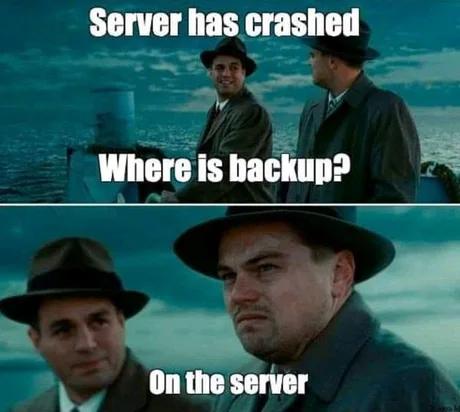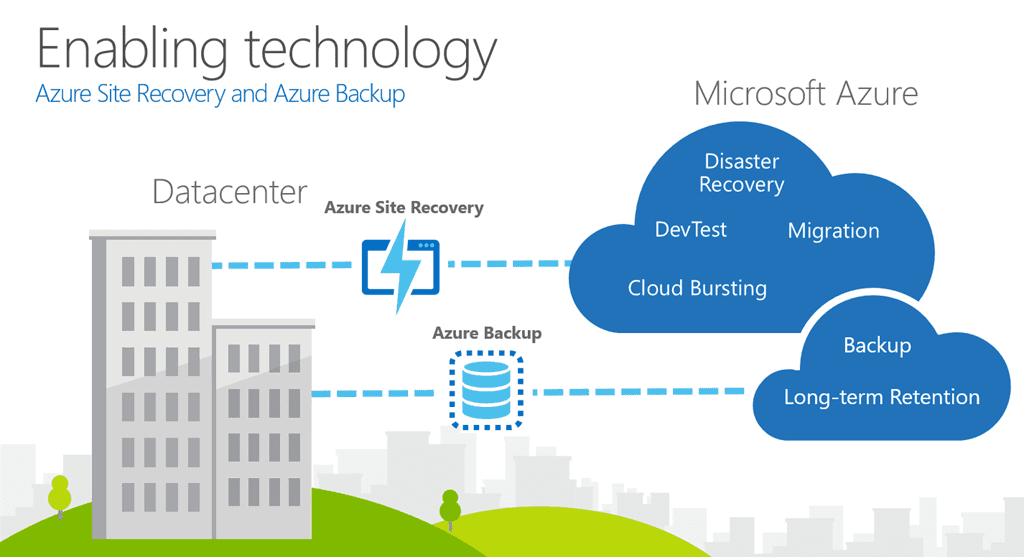Hi Cloud Marathoners!
Welcome to the 11th blog post (Part 11/12) of the Azure Architect series to help you get ready for the AZ-305 exam. This post starts the last section of this exam – Design Business Continuity Solutions.
And please feel free to check the previous sections & blog posts listed below if you landed on this page for the first time 🙂
Table of content (blog series)
- *** Design Identity, Governance, and Monitoring Solutions ***
- Part 1: Design a governance solution
- Part 2: Design Authentication and Authorization Solutions
- Part 3: Design a solution to log and monitor Azure resources
- *** Design Infrastructure Solutions ***
- Part 4: Design a compute solution
- Part 5: Design an application architecture solution
- Part 6: Design a network infrastructure solution
- Part 7: Design a migration solution
- *** Design Data Storage Solutions ****
- Part 8: Design a non-relational data storage solution
- Part 9: Design a data storage solution for relational data
- Part 10: Design a data integration solution
- *** Design Business Continuity Solutions ***
- Part 11: Design a solution for Business Continuity, backup and disaster recovery
- Part 12: Design for high availability
What is Business Continuity Solutions ?
Simply put, a Business Continuity (aka, BC) solution is based on a plan 🙂
A BC plan is a predefined approach and procedure for how a business will continue to run when dealing with an emergency.
In another words, it is a process of creating systems of prevention and recovery to deal with any potential threats to your company. These threats could be a natural disasters, such as hurricanes, fires, floods, power outages or an unintended misconfiguration of a system. It could also be a malicious cyberattack as well.

There are many benefits provided by BC planning and Disaster Recovering (aka, DR) planning to your organization when they are drafted and approved across the board, such as:
- Improved decision-making
- Risk Management
- People and Property Protection
- Morale boost 🙂
The “Morale boost” element is very important piece, because when employees know plans are in place, they may feel safer. Moreover, it does not just boost morale, but potentially increases the business value perception to customers who recognize the high preparedness and responsibilities of the company.

What are the Backups and Disaster Recovery solutions in Azure?
In the case of service disruption or accidental deletion or corruption of data, recover your business services in a timely and orchestrated manner. The Azure backup and disaster recovery solution is simple to architect, cloud-native, highly available, and resilient.
Backup and Disaster Recovery in azure
Azure Backup and Disaster Recovery (DR) services are important services that help you to achieve your company’s reliability goals for all of the system workloads in the cloud or on-premises. It is very important when CSP (Cloud Solution Provider) prioritizes transparency and keep it’s customers informed during and after the service issues.
You could easily target following goals when planning to deliver your Backup and DR services to your most critical customers:
- Simplified Management across environments
- Azure built-in security controls
- Reduced complexity and cost
- Extent solutions to Azure with our partners

Part 11: Design a business continuity solution
The references below are taken from official Microsoft docs and focused on designing solutions in Azure. You could also find it helpful to check the Microsoft docs and learning paths with [Tutorials] below 😉.
This collection of links is gathered with a focus on the exam objectives of the AZ-305 certification exam.
What is the Azure Backup service?
Overview of operational backup for Azure Blobs
About Azure file share backup
Back up Azure file shares
Full Database Backups (SQL Server)
Differential Backups (SQL Server)
Enable and manage soft delete for containers
Enable soft delete for blobs
Point-in-time restore for block blobs
Lock resources to prevent unexpected changes
Overview of share snapshots for Azure Files
Recover using automated database backups – Azure SQL Database & SQL Managed Instance
Long-term retention – Azure SQL Database and Azure SQL Managed Instance
Auto-failover groups overview & best practices (Azure SQL Database)
An overview of Azure VM backup
About Site Recovery
Azure Site Recovery documentation
Azure Backup service documentation
Recovery Services vaults overview
Azure to Azure disaster recovery architecture
Support matrix for Azure VM disaster recovery between Azure regions
[Tutorial] : Set up disaster recovery for Azure VMs
[Tutorial] : Disaster recovery and backup
[Tutorial] : Design your site recovery solution in Azure
[Tutorial] : Microsoft Azure Well-Architected Framework – Reliability
[Tutorial] : Describe high availability and disaster recovery strategies
[Tutorial] : Protect your virtual machines by using Azure Backup
How to restore Azure VM data in Azure portal
Recover files from Azure virtual machine backup
[Blog] : Understanding Azure Availability Sets and Availability Zones
Availability options for Azure Virtual Machines
Regions and availability zones
SUMMARY
Thank you for visiting the AZ-305 Study Guide and checking the Part 11: Design a business continuity solution.
The next blog post will be continuation with Part 12: Design a solution for backup and disaster recovery.
![]()
